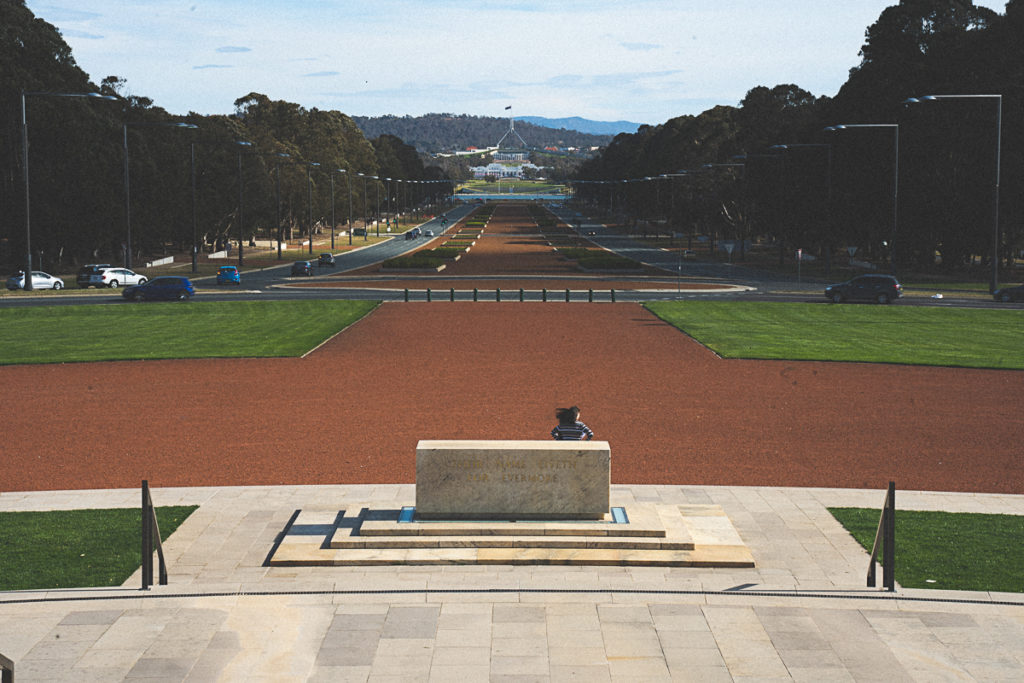Looking for some financial assistance while you’re studying in Australia? Luckily, there are lots of different scholarships you can apply for. If you’re a high achieving student or are planning on studying for an in-demand career, scholarships can offer you some support and help you reach your goals.
Here’s our step-by-step guide to how to get a scholarship in Australia.
Step one: Research how to get a scholarship in Australia
If you’re hoping to apply for any type of scholarship, research is your best friend. Think about what you plan to study and why, as well as where you want to study and how you see your study journey playing out. Consider which educational institution you want to study with if everything goes to plan, and then find out the scholarships they offer and their application requirements.
Proper research will help you put together a comprehensive plan that’ll make sure you position yourself as an ideal candidate for a scholarship. It will also ensure you don’t fall short of the application criteria before applying.
Step two: Look at the types of scholarships in Australia
There are many types of scholarships in Australia, including awards, grants and bursaries. These can be offered by the Australian Government, education providers (such as schools, colleges and universities), and other independent organisations.
The Government initiative, Destination Australia, focuses on encouraging students to study in regional Australia and is available for Certificate IV courses and above. This regional scholarship program is available through your education provider, so your first step should be to contact them and see if the Destination Australia scholarship is offered. Another Government scholarship is the Research Training Program, which is designed to support students undertaking Research Doctorate and Research Master’s degrees.
Most education providers in Australia offer their own scholarships, too, such as La Trobe University’s International Scholarship. Through this scholarship, you can receive up to a 25 per cent reduction in your course fees for the duration of your studies at La Trobe University.
And while university scholarships, MBA scholarships and PhD scholarships are well known in Australia, make sure you’re aware of any opportunities to apply for assistance before you reach university, such as secondary or high school scholarships.
Step three: Understand the scholarship application process
Each scholarship program and provider is different, so the application process may also differ depending on where you’re applying. This is where your prior research can come in handy; you’ll know what’s expected of you before it comes time to submit your application.
Some scholarships ask you to write an essay, while others require you to compile an academic record or provide a portfolio. Most scholarship programs now prefer all the information to be submitted online, and often there will be a dedicated web page where you can apply.
However, some education providers make the process much easier. At La Trobe University, for example, they don’t require a separate application for some scholarships, instead automatically assessing all students who apply for eligible courses and meet the entry requirements.
Regardless of how your chosen education provider reviews scholarship applications, though, make sure you know what to do well in advance.
Step four: Write the perfect personal statement
The best advice for writing your personal statement is to know who you’re speaking to and remember to be yourself. Assessors will probably be reading hundreds of applications, so you’ll want to make yours stand out.
Avoid being too formal, while remaining polite and personable. Write the way you would speak in an interview and avoid long sentences, overly descriptive language and irrelevant information. Think clear, concise and interesting.
Step five: Figure out what to do once you have a scholarship
Most scholarships will require you to maintain an impressive academic record (if that was part of the application criteria) and may ask you to commit to certain activities and responsibilities in order to continue receiving the scholarship’s benefits. Know what you need to do ahead of time, and if you’re struggling to meet the commitments set out by the scholarship, talk to your education provider’s student services or international student liaison for guidance.





